1. RadioShack
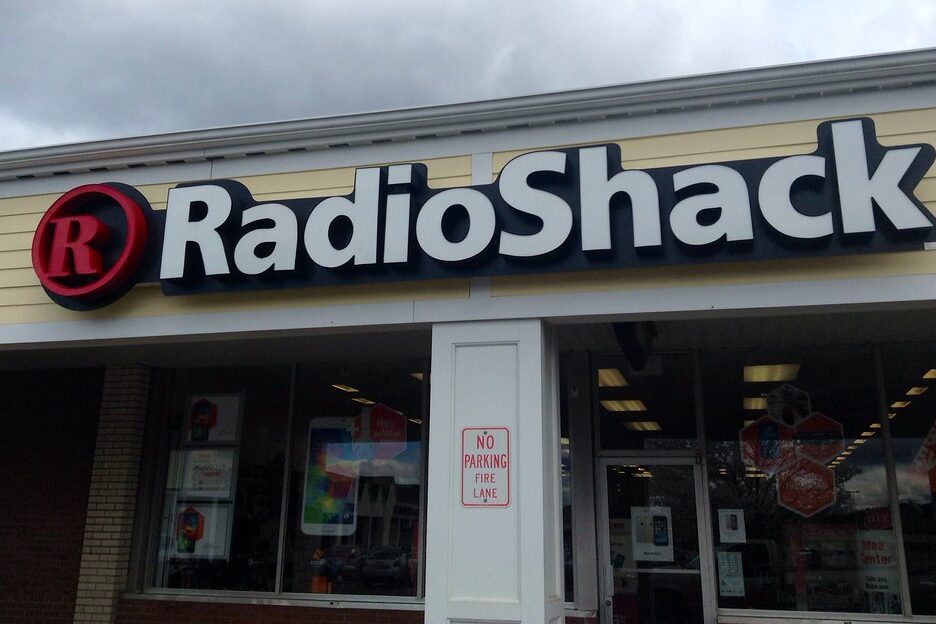
Once a go-to for electronics and tech accessories, RadioShack seemed to vanish when its physical stores closed across the U.S. However, according to CNN Business, the brand was revived online and through a smaller number of independently owned stores. Today, it caters to hobbyists, tinkerers, and nostalgic customers looking for hard-to-find tech parts. While it’s no longer a mall staple, it certainly isn’t gone.
The company has pivoted to online sales and licensing deals to keep the name alive. Many small-town stores bearing the brand name continue to operate as franchised locations. Although the business model has changed dramatically, the logo and legacy remain familiar. For those who grew up soldering circuits or shopping for CB radios, it’s a comforting bit of continuity.
2. Woolworth
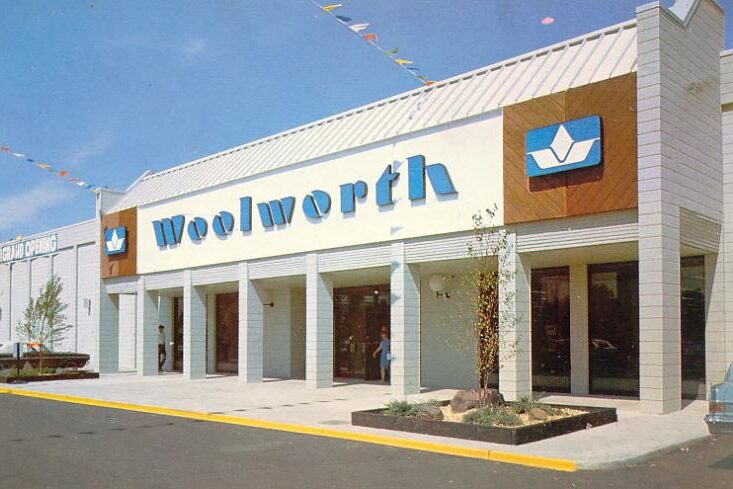
Woolworth stores disappeared from American main streets decades ago, leaving many to assume the brand was extinct. But according to Investopedia, Woolworth actually evolved into Foot Locker—a brand still thriving in malls today. The transformation happened quietly, with most customers unaware of the historic lineage. That old five-and-dime DNA still lingers in modern retail spaces.
Woolworth’s international branches, especially in places like South Africa and the UK, never fully vanished. The brand continues to operate under the same name in various forms abroad. For those who recall its lunch counters and bargain bins, knowing it still has a heartbeat is surprising. It’s a case of reinvention rather than disappearance.
3. Polaroid
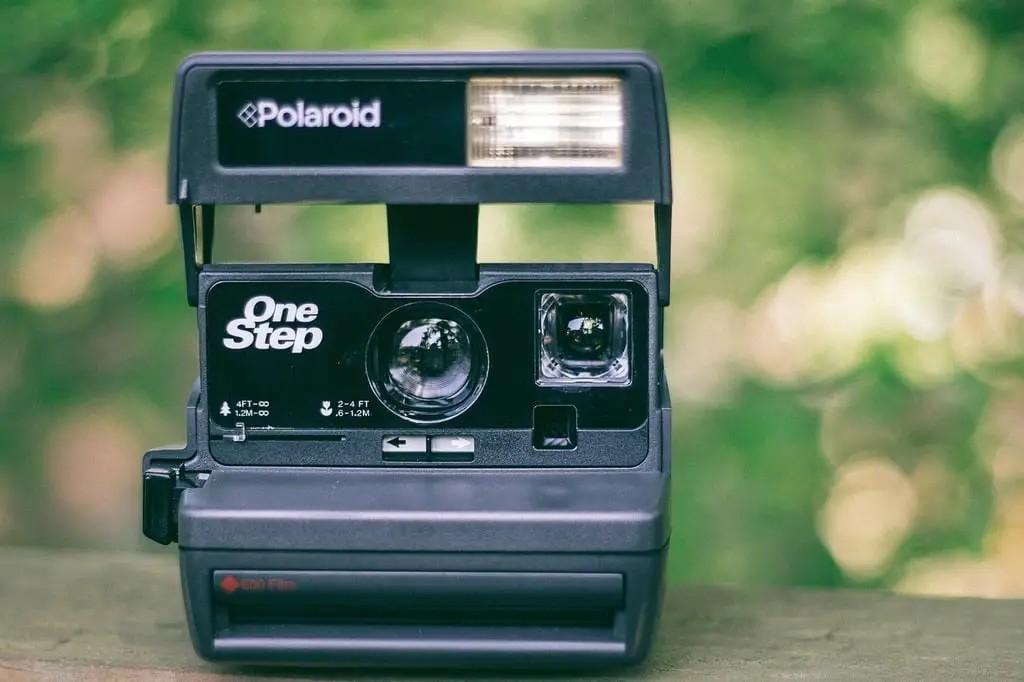
Polaroid cameras once defined instant photography before falling out of favor during the digital revolution. According to The Verge, the brand staged a comeback by tapping into retro nostalgia and social media trends. New instant cameras and film products are now marketed to younger audiences craving tactile, physical memories. Despite a rocky road, the Polaroid name remains relevant.
What once seemed like a dated format is now a trendy throwback. The brand has collaborated with influencers and design-minded creators to attract new users. Though its presence is more niche, it remains culturally recognizable. This blend of old and new proves that Polaroid was never truly out of the picture.
4. Pyrex
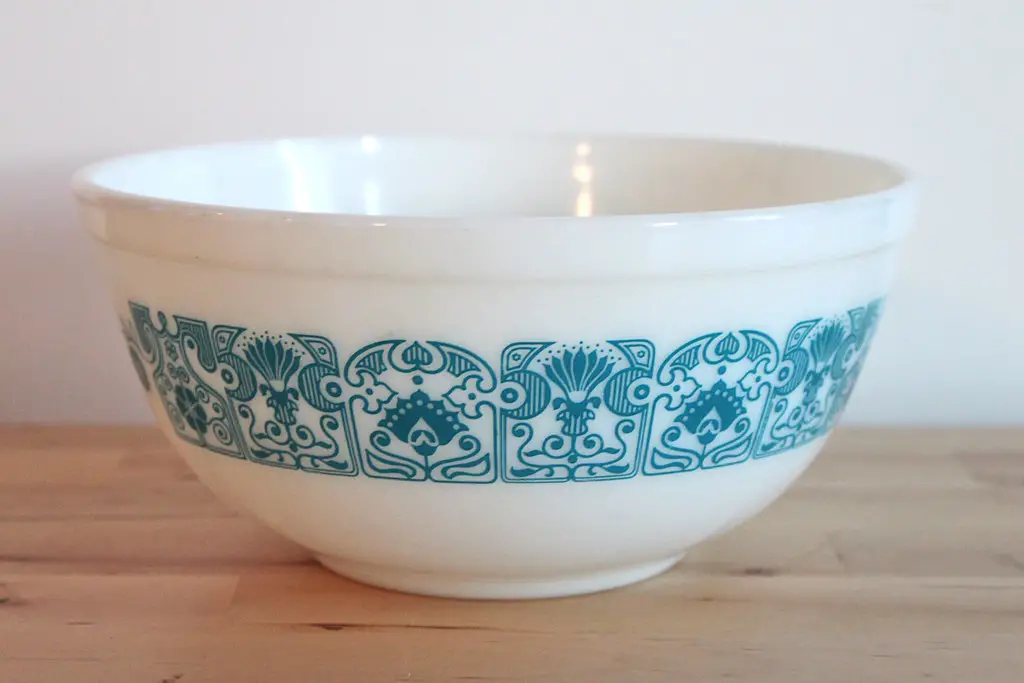
Many assumed the original Pyrex glassware faded into history as new kitchen brands emerged. But according to The New York Times, Pyrex is still a popular choice for durable, heat-resistant kitchenware. It continues to be sold in stores and online, retaining its reputation for reliability. While some confusion exists due to manufacturing changes, the brand itself remains active.
Vintage Pyrex patterns are even considered collectible, fueling a robust resale market. Today’s offerings still echo the original function-focused ethos. For many home cooks, it’s a familiar name that never lost its usefulness. Whether old or new, Pyrex endures as a kitchen staple.
5. Old Spice
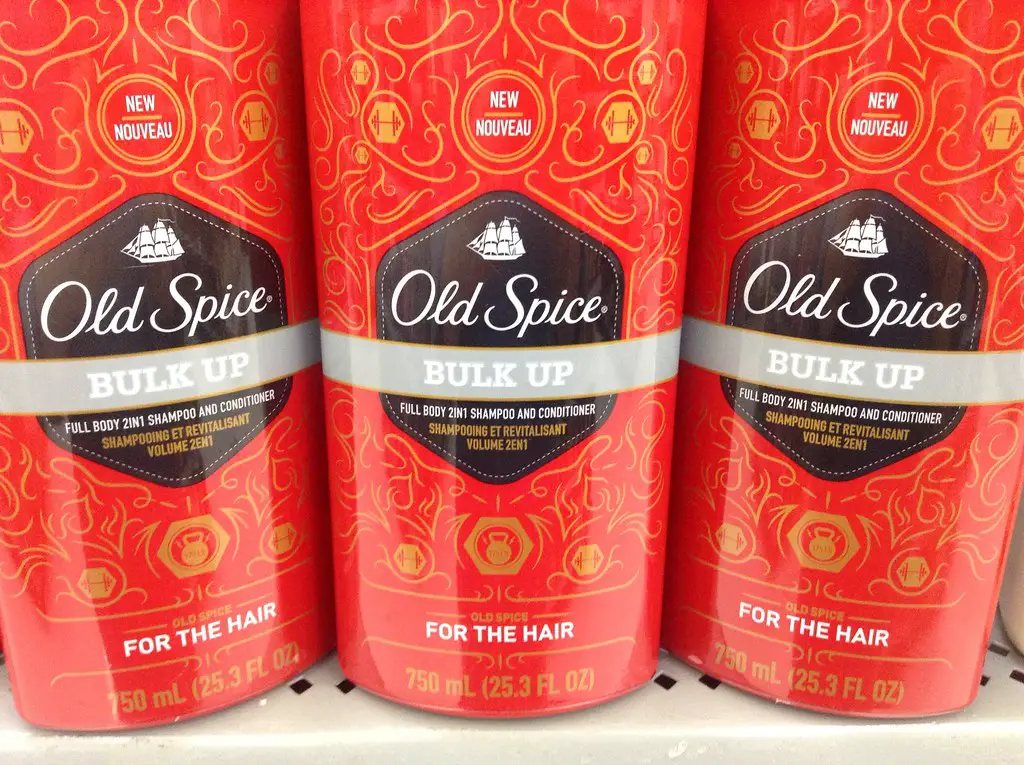
Old Spice never truly went away—it just got a major rebrand. Once associated with your grandfather’s medicine cabinet, the brand found new life with bold marketing campaigns. The iconic red packaging and memorable scents are still around, but the tone is far more playful. Now it caters to younger buyers with humor and self-awareness.
Its commercials helped transform it from a legacy brand to a pop culture force. The scents have also been updated, although classic versions remain. It’s proof that smart marketing can bridge generational gaps. Old Spice is not just surviving—it’s thriving.
6. Bounty
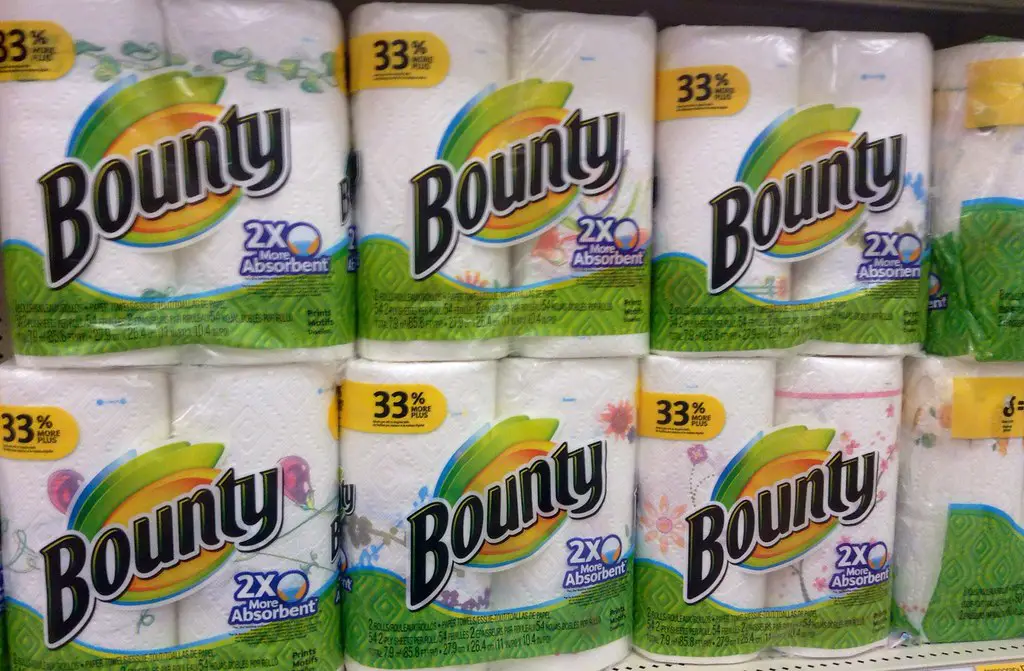
You might associate Bounty with childhood kitchen messes, but it’s never left the shelves. This paper towel brand has stayed strong thanks to consistent product performance. Known as the “quicker picker-upper,” it’s still in households across the country. You may just take its presence for granted.
Over the years, Bounty has made subtle changes to its design and packaging. It’s adapted to customer preferences without abandoning its core identity. Despite competition, it continues to rank high in customer satisfaction. Sometimes the best strategy is to simply stay consistent.
7. Mr. Clean
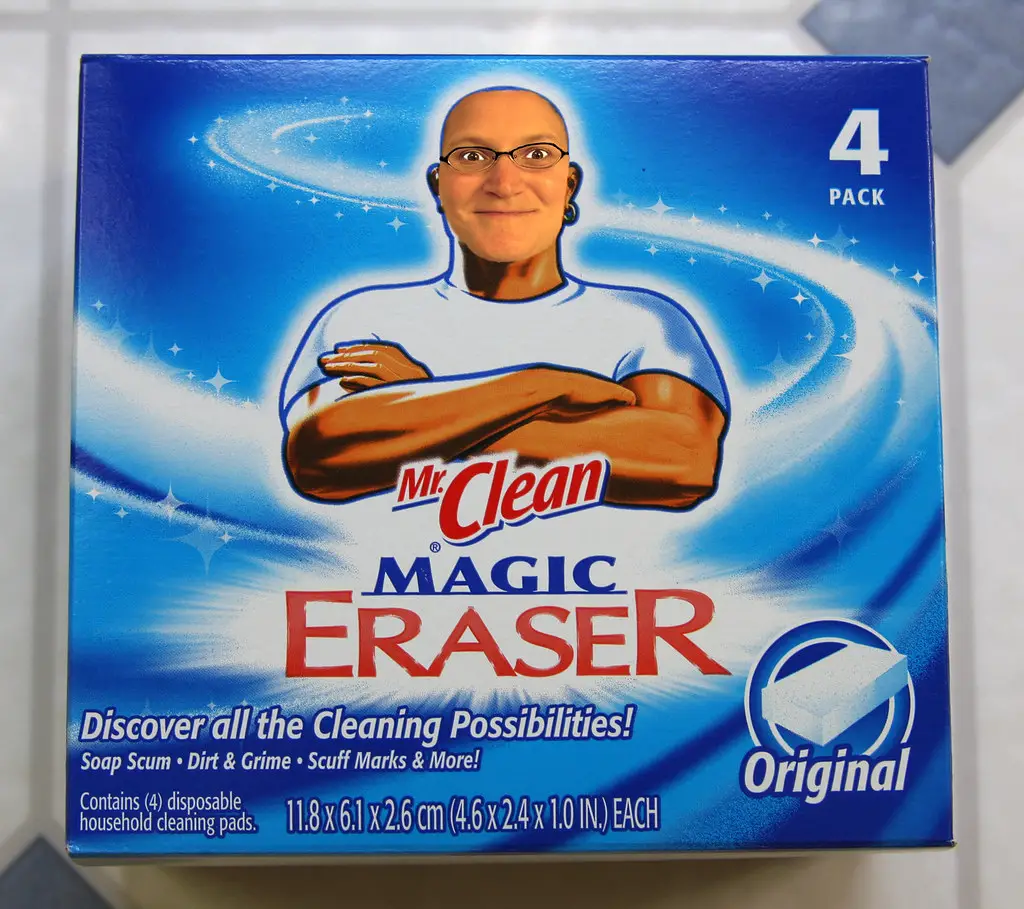
Mr. Clean’s bald mascot is still scrubbing away after all these years. Though newer cleaning products have emerged, Mr. Clean has maintained its spot through brand loyalty and solid results. The product line has even expanded beyond the original liquid cleaner. You’ll find it in erasers, sprays, and multipurpose options.
Many consumers still gravitate toward the familiar character and clean scent. While packaging has evolved, the essential formula remains recognizable. Its success comes from balancing familiarity with minor innovation. Mr. Clean proves a trusted face goes a long way.
8. Lava Soap
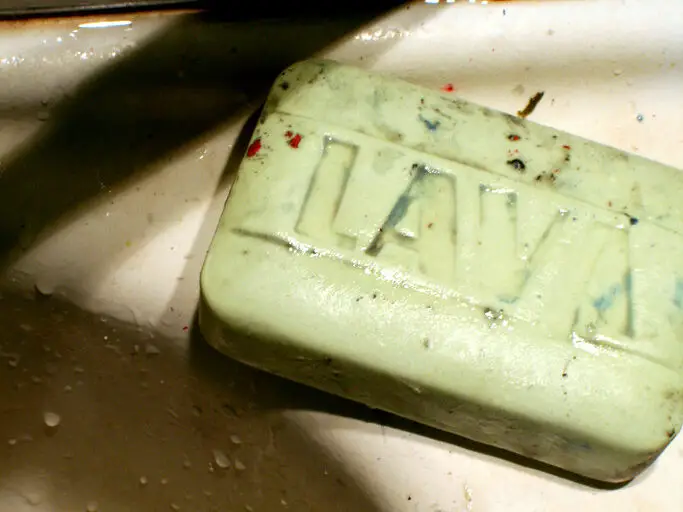
Lava Soap might feel like something from your grandfather’s workshop—but it’s still available today. Known for its gritty, pumice-based formula, it continues to serve those with serious grime to tackle. Mechanics and tradespeople swear by it for tough handwashing jobs. Despite its niche appeal, it’s never completely vanished.
You won’t find it in every store, but it holds a place on certain utility shelves. Its distinctive orange color and rugged function haven’t changed much. Some products fade into memory, but Lava holds firm by sticking to what it does best. In a world of scented foams, it’s the workhorse soap that endures.
9. Barbasol
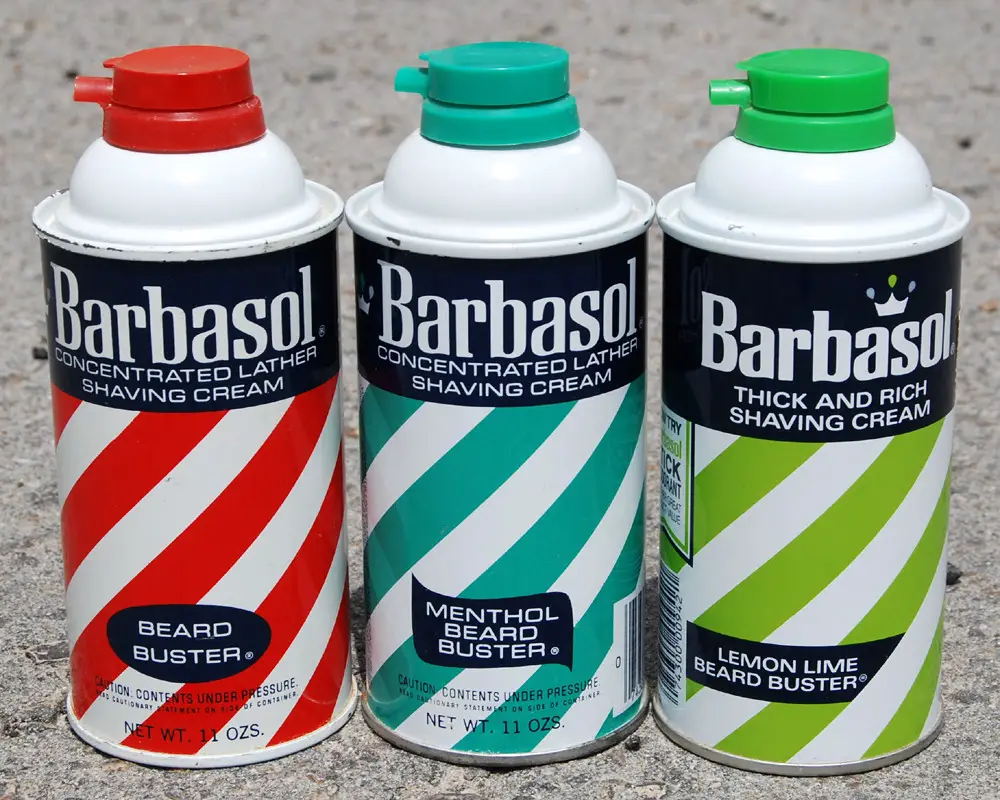
Barbasol has long been a shaving cream staple, often overlooked in favor of flashy gels and electric razors. Yet its simple formula and iconic striped can remain largely unchanged. It’s still stocked in major retailers, quietly serving traditional shavers. There’s comfort in its consistency.
While newer brands target trend-conscious consumers, Barbasol leans into its no-frills identity. Its longevity speaks to a loyal customer base that prefers substance over style. The brand has also appeared in pop culture, keeping it in public awareness. Sometimes heritage is the best marketing tool.
10. Comet
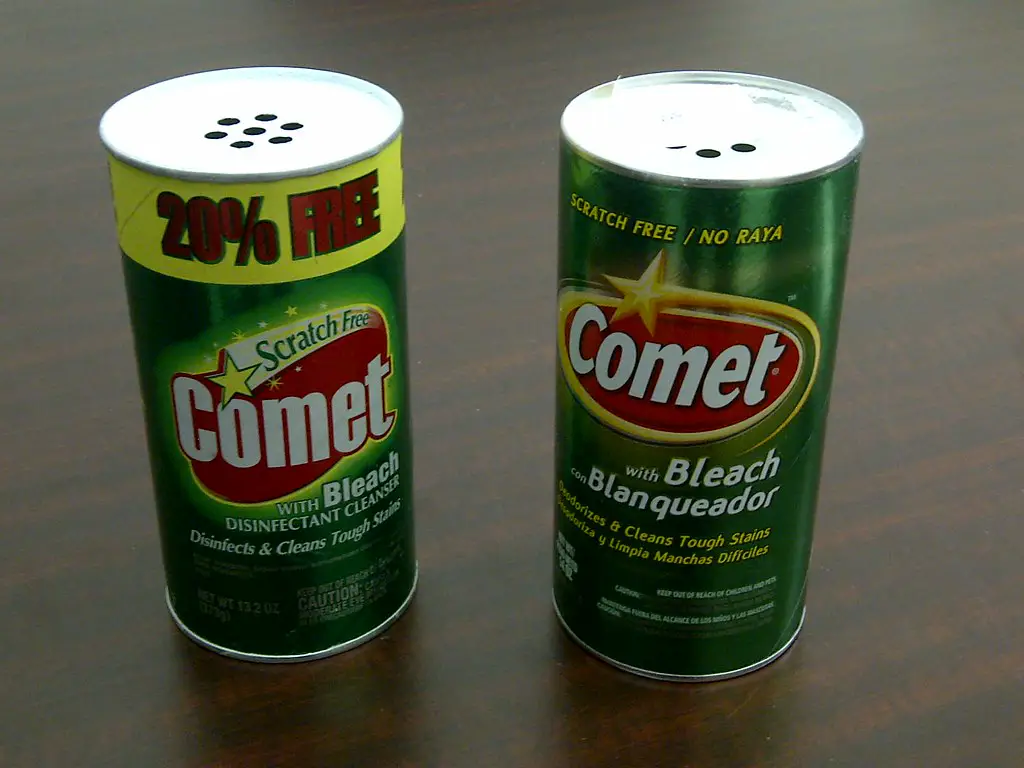
The green can of Comet cleaner still lurks beneath many sinks, even if it’s not as visible in ads today. Its scratchy, powdery formula is still trusted for bathroom and kitchen cleaning. Despite newer products touting gentler solutions, Comet remains effective. Its stubborn grit is exactly why it survives.
The brand hasn’t had to reinvent itself to stay in play. It quietly fills its purpose with minimal fuss. While others chase trends, Comet stays true to function. That enduring grit mirrors the very surfaces it scrubs.
11. Brillo
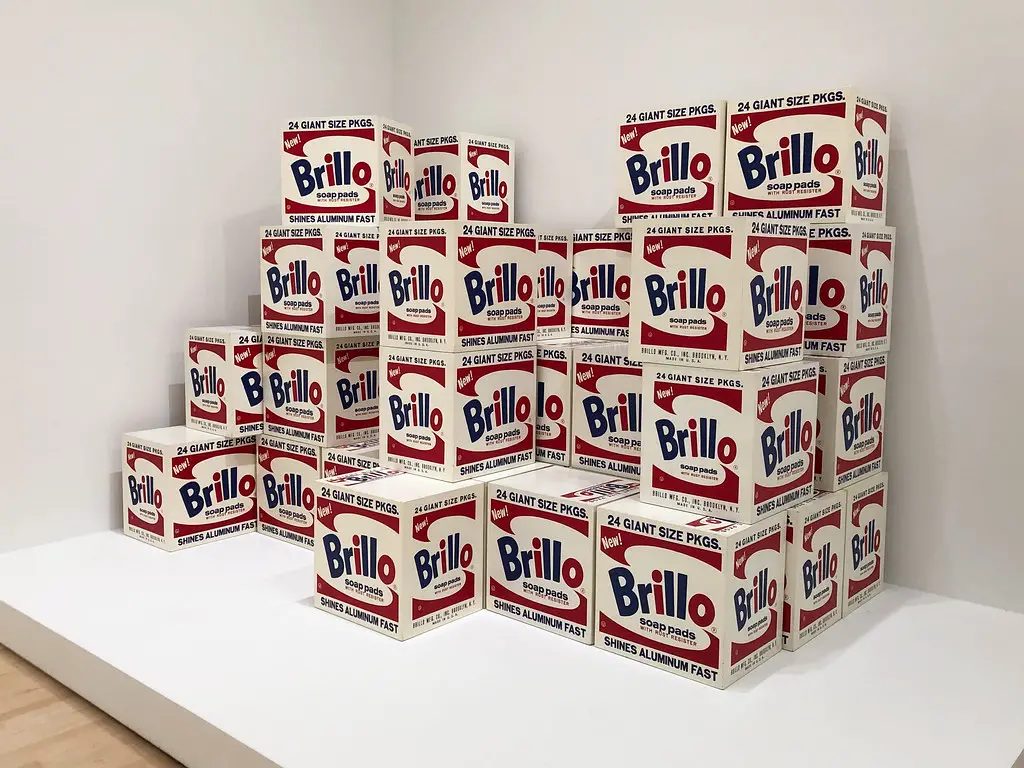
Brillo pads are another old-school item that haven’t disappeared. Steel wool and soap might sound outdated, but they still work wonders on stuck-on messes. The brand has diversified slightly with new scrubber options, but the core product is unchanged. It’s still stocked in stores and used in homes today.
Brillo thrives by staying essential rather than reinvented. Many cleaning jobs call for exactly what it offers—nothing more, nothing less. For those who appreciate simple utility, it remains dependable. It’s a quiet constant in an ever-changing household.
12. Reynolds Wrap
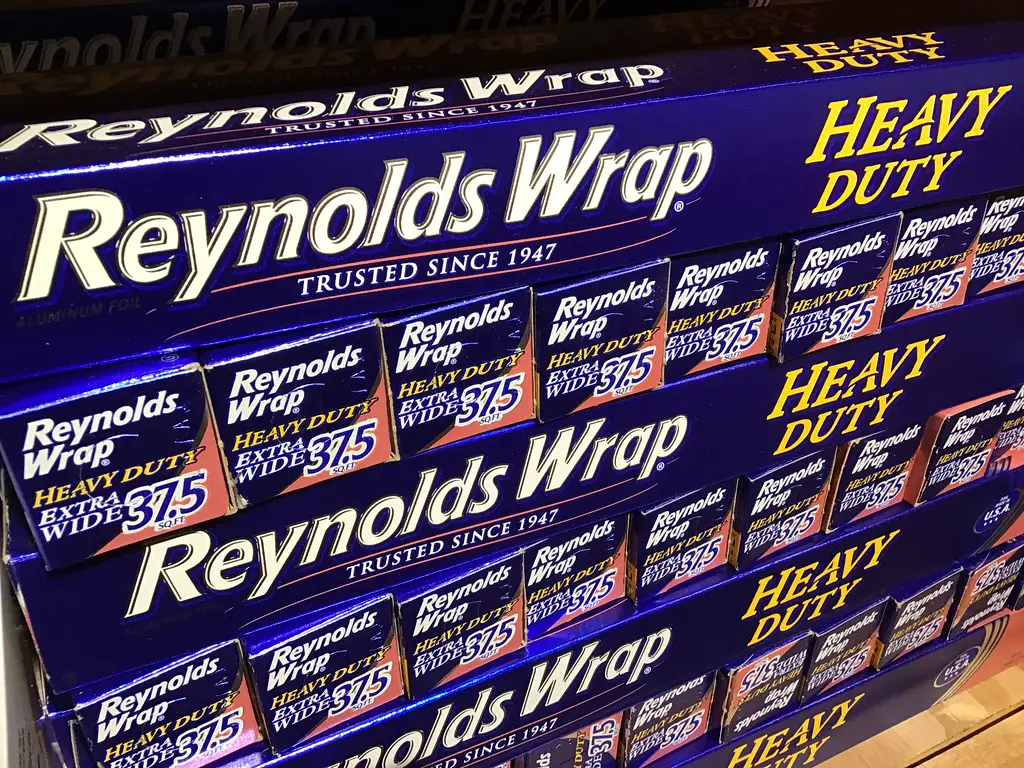
Reynolds Wrap has wrapped leftovers and baked dinners for generations—and it’s not going anywhere. The brand has seen competitors rise, but its name remains almost synonymous with aluminum foil. It’s widely available and heavily used in both homes and commercial kitchens. That kind of dominance isn’t easy to shake.
Despite technological shifts in kitchen gadgets, Reynolds Wrap stays relevant. Its product hasn’t needed much change to remain useful. It shows that quality and consistency often outlast trends. Some brands are better left just as they are.
13. Kodak

Kodak once ruled the photography world, its yellow film boxes a universal sight. When digital cameras took over, many thought the company had developed its final roll. But according to The Wall Street Journal, Kodak reinvented itself by leaning into professional printing and imaging technology. It even brought back some of its classic film products for artists and enthusiasts chasing analog charm.
Today, Kodak’s name graces everything from instant cameras to branded film collaborations. Its nostalgic pull has helped it regain cultural relevance among younger generations. The company has proven adaptable, learning from its missteps in the digital transition. What was once a relic is now a renewed symbol of creative endurance.
14. Sears
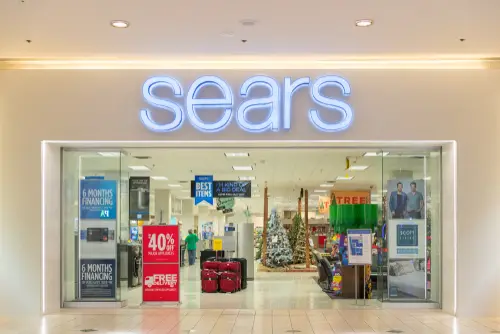
Sears was once the cornerstone of American shopping, from catalog orders to bustling department stores. Its slow decline and bankruptcy filings made it seem like a brand lost to time. Yet a handful of Sears stores still operate quietly across the country, supported by independent ownership and licensing. The company also maintains an online storefront offering familiar products like tools and appliances.
Though it’s far removed from its retail empire days, Sears persists through nostalgia and brand recognition. Its legacy lines, such as Kenmore and DieHard, still carry weight in their markets. Customers who grew up with Sears catalogs can still find traces of the brand online. It’s a faint but steady heartbeat from retail’s golden age.
15. Blockbuster
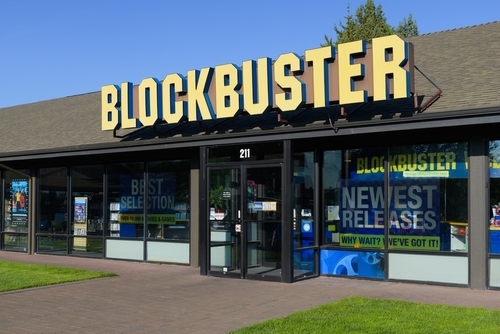
Blockbuster’s blue-and-yellow logo once defined Friday night entertainment. After Netflix and streaming services changed the landscape, Blockbuster’s fall seemed permanent. But according to NPR, one lone store still operates in Bend, Oregon, preserving the chain’s legacy. It has become a nostalgic pilgrimage spot for movie lovers worldwide.
The Blockbuster name also endures through pop culture references and licensed merchandise. Fans still share stories and photos from their visits to the last store standing. Its social media presence keeps the brand alive with humor and retro charm. In an age of streaming, Blockbuster has become a living monument to simpler movie nights.
16. Sharp
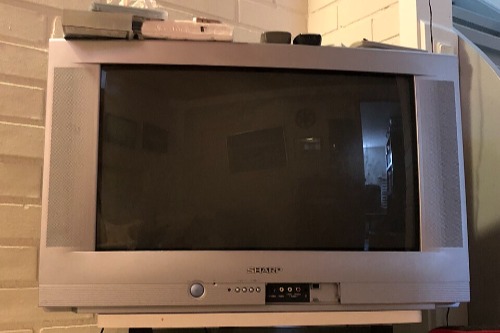
Many remember Sharp for its boxy televisions and calculators from the ’80s and ’90s. When other electronics giants surged ahead, it seemed Sharp had faded into the past. But according to Reuters, the Japanese brand continues to manufacture high-end appliances, displays, and solar technology. It remains a major player in certain global markets, even if it’s quieter in the U.S.
Today, Sharp focuses more on business and industrial products, with some consumer electronics still available. Its name continues to carry weight in innovation circles. The brand’s shift to sustainability and smart tech has kept it relevant behind the scenes. While not the household staple it once was, Sharp never truly disappeared.
17. JCPenney
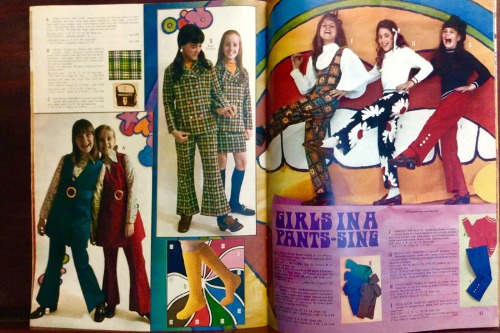
Once a mall mainstay, JCPenney struggled through financial hardship and store closures that suggested the end was near. But the company has quietly stabilized under new ownership and a streamlined business model. It still operates hundreds of locations across the U.S. and continues to sell clothing, home goods, and beauty products. The familiar logo still welcomes shoppers seeking affordable staples.
JCPenney has leaned into loyalty programs and updated store experiences to remain competitive. Its partnership with Sephora helped modernize its image before transitioning to a new in-house beauty line. Though its heyday has passed, it still plays a role in the American retail landscape. It’s proof that reinvention can keep even a fading brand alive.
18. RCA
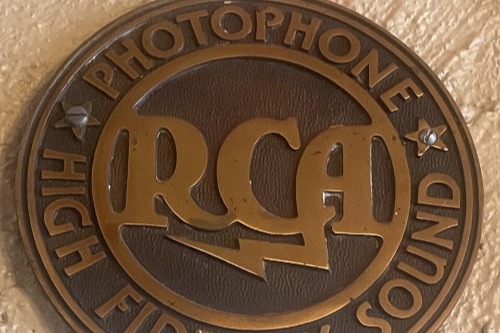
RCA’s logo once adorned radios, televisions, and record players across the country. As consumer electronics evolved, many thought the storied brand had gone silent. But RCA continues to license its name for a range of electronics, including TVs, audio gear, and small appliances. Its products are still sold through major retailers, maintaining a surprising level of visibility.
While it no longer leads the tech race, RCA endures through strategic partnerships and brand nostalgia. Collectors still cherish vintage RCA devices for their craftsmanship and history. The company’s legacy in sound and broadcast technology remains undeniable. It’s a brand that hums quietly in the background of modern media.
19. Pan Am
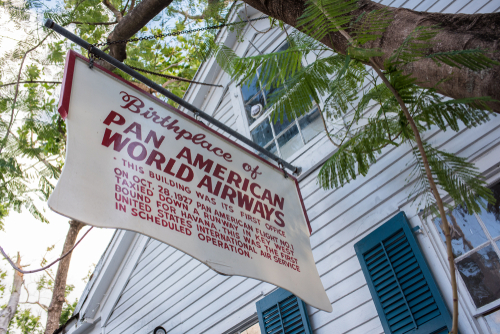
Pan Am was once the glamorous face of international air travel, its blue globe logo symbolizing adventure and luxury. When it ceased operations in 1991, many assumed it was gone forever. However, the Pan Am name has resurfaced in licensing deals, fashion collections, and even themed experiences. It’s become a vintage emblem of aviation’s golden age.
The brand’s legacy thrives through pop culture references and retro design revivals. Collectors and travel enthusiasts still celebrate its distinctive aesthetic. A small company even operates limited Pan Am-branded services, keeping the spirit alive. Though the planes no longer fly, the name still soars in memory and style.
This post 19 Household Brands You Thought Were Gone But Aren’t was first published on Greenhouse Black.
